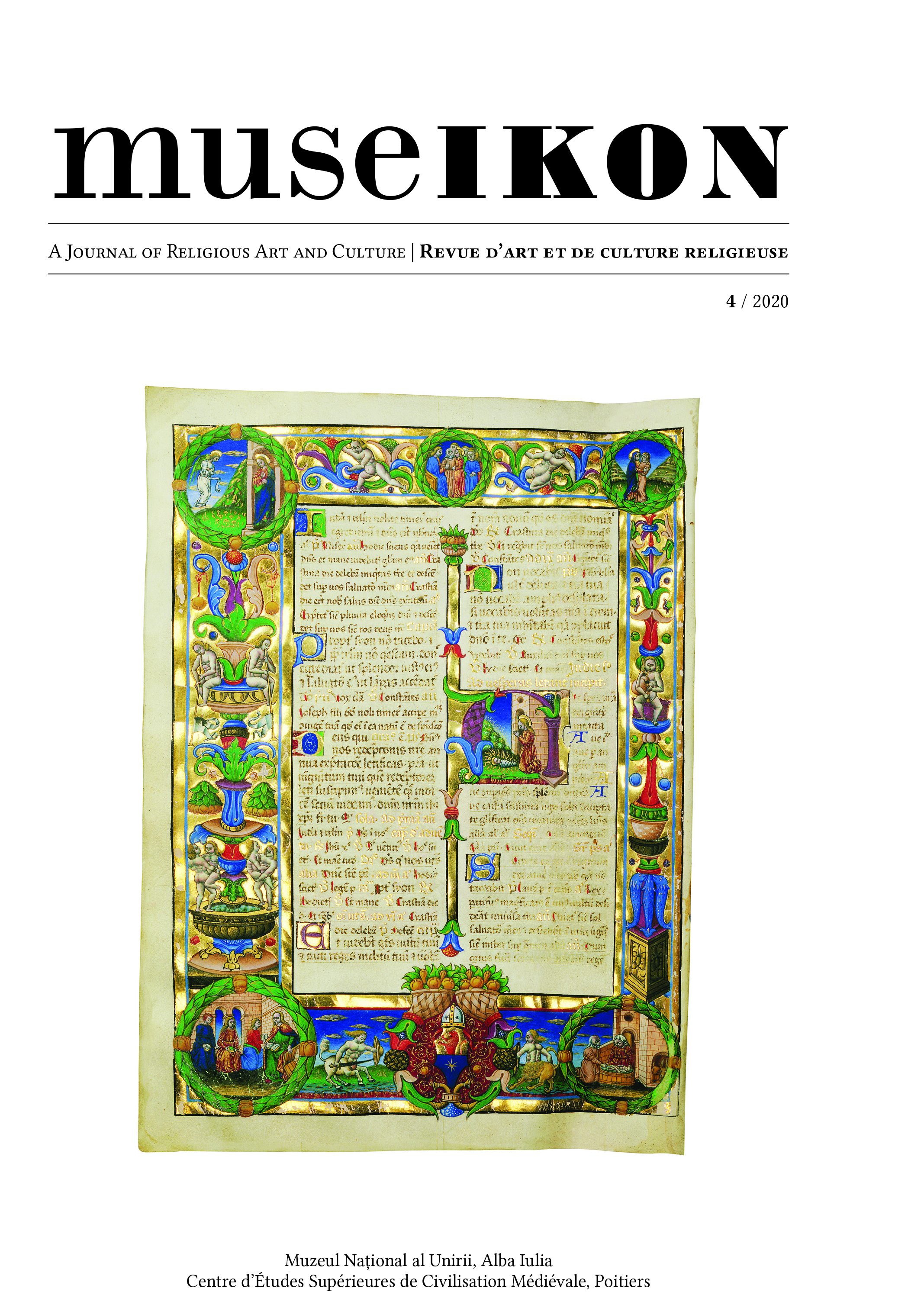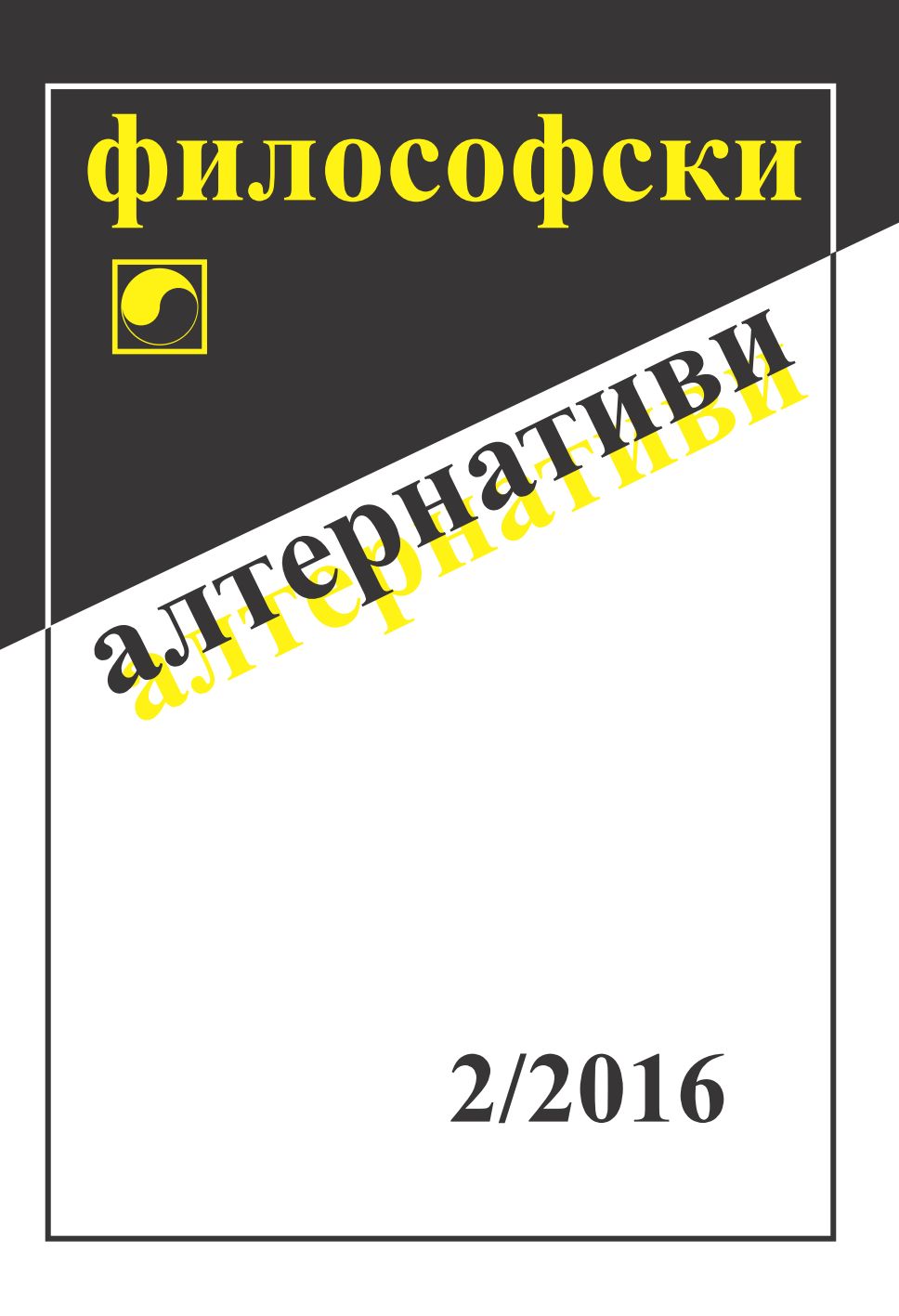
We kindly inform you that, as long as the subject affiliation of our 300.000+ articles is in progress, you might get unsufficient or no results on your third level or second level search. In this case, please broaden your search criteria.


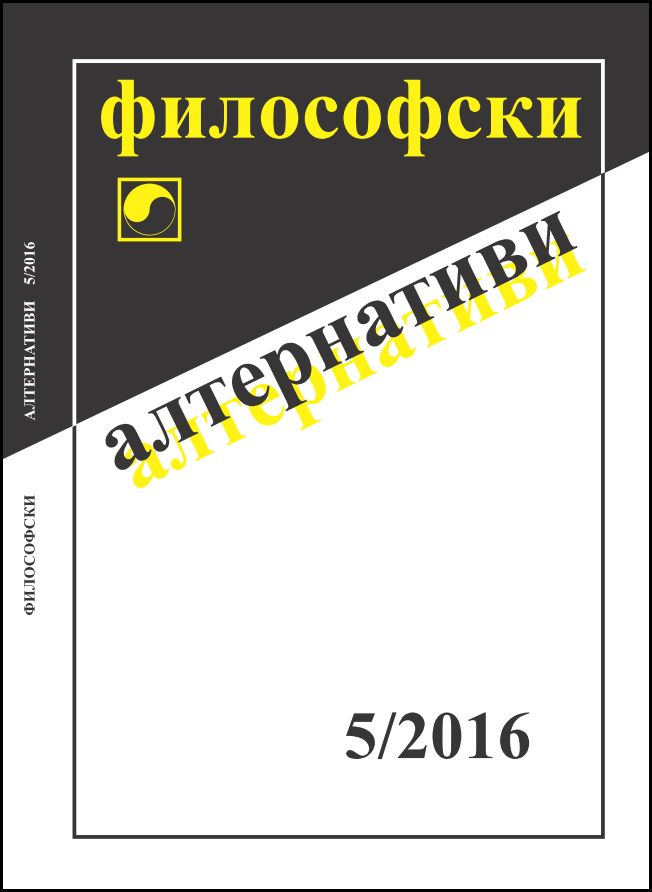
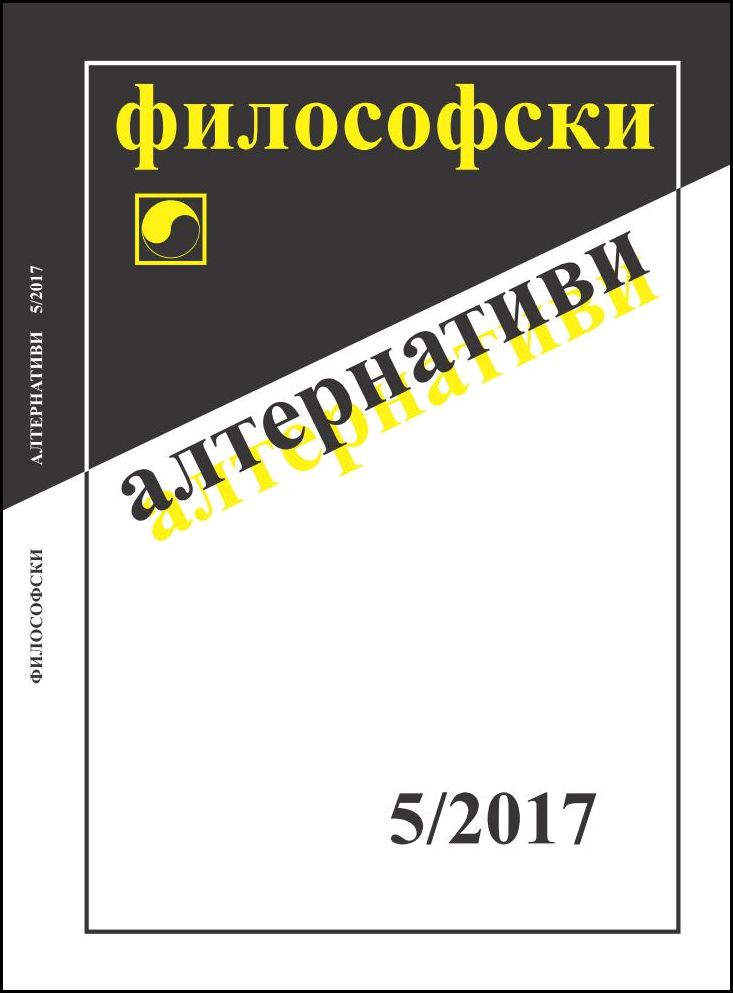
The article discusses semantic manipulations in which manipulative suggestions are made using specially selected words. Some of these examples of manipulations have become established and are very hard to refute. The notions of “left-wing” and “right-wing” are mutually related mainly in terms of state intervention in the economy and redistribution. It is not correct to qualify populist, nationalist, xenophobic political parties – or, recently, anti-immigrant parties – as “extreme right”, when there is actually a very small “right-wing” component in them and they are primarily “left-wing”. In referring to the National Socialists as “Nazi”, the word “Socialist” is manipulatively concealed. The article also indicates the semantically incorrect use of phrases such as “Turkish slavery”, “corruption”, “king”, “Russophile”, “majority”, etc.
More...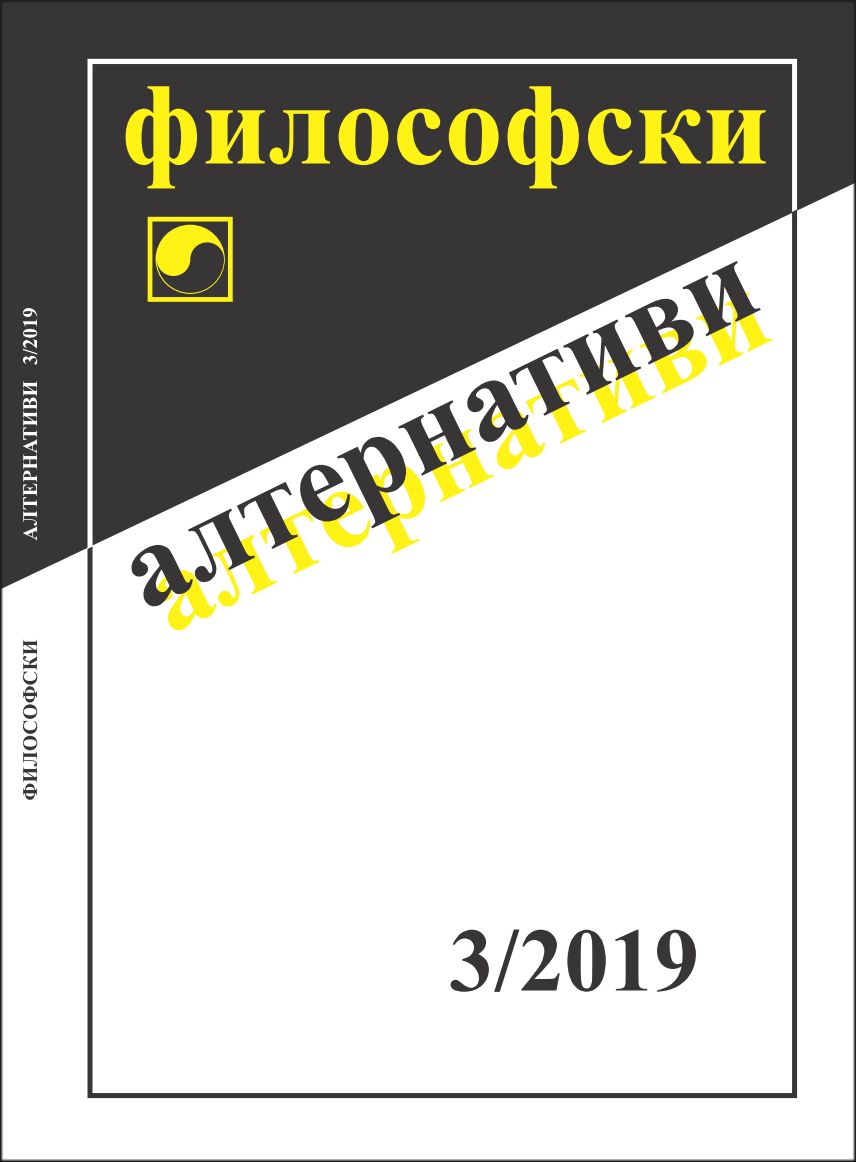
The article traces some aspects of the impact of augmented reality technology on the perception of the mirror image in the media context. The study is focused on so-called magic (or smart) mirrors, which can be interpreted as a new stage in the cultural evolution of the mastering of our reflection. With new magic mirrors, the screen of mobile devices functions as a mirror with a utopian function – it allows a continuous improvement of the image in search of perfect beauty. In this sense, the body (and also the world) is perceived as an endless field for aesthetic experimentation.
More...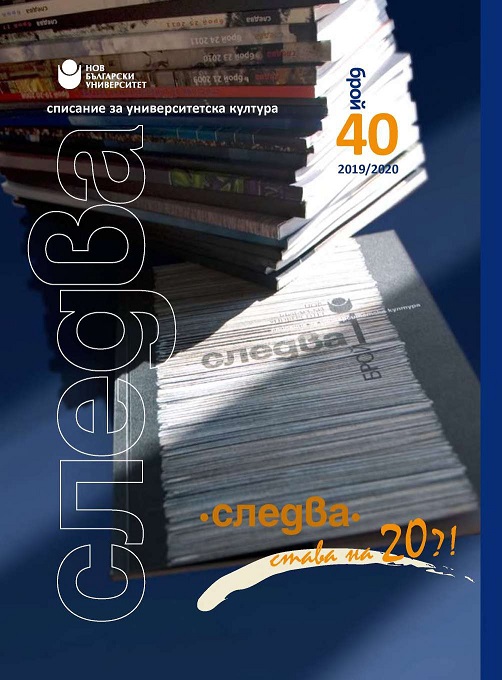
The main focus in this study is the unique individual reception of the Expressionism in some of Eugene O'Neill’s plays from the 1920s: "The Emperor Jones" (1920) and "The Hairy Ape" (1922). A strong source of influence is August Strindberg and his experiments at the Chamber Theater in Stockholm. This can be traced by pointing out common thematic and stylistic features in Strindberg's trilogy "The Road to Damascus" and O'Neill's "The Emperor Jones". Another major source of influence is the German Expressionist movement from the first quarter of the 20th century, especially some of the leading playwrights like Georg Kaiser and Ernst Toller. Yet another source of influence are the German Expressionistic films of R. Wiene, F. Lang and Murnau, which followed most of the principles of the avant-garde trend.
More...
The task of this text by the is to outline the main political and ethical ideas that Georgi Markov (Bulgarian writer and dissident, murdered in exile by the Secret Services) maintains in his constant and often radical criticism towards Bulgaria regime during the years. Italian professor Giuseppe Dell’ Agata’s main point is related to Markov’s unshattered conviction that the Bulgarian regime created by the Communist Party had nothing to do with the communism or the socialism but was simply an example of state capitalism.
More...
The art historian prof. Irina Genova traces the history of AICA (Association internationale des critiques d’art) and focuses on its congress in Poland (Warsaw and Krakow) in 1960. The carefully chosen topic of the congress, “International Character of Contemporary Art”, meant to provide a meeting point for Western European and Eastern European artists and to open the post-Stalinist Eastern art scene to the contemporary tendencies of the abstract painting. The situation was different in the different countries. The research draws a parallel between the quite open Polish scene and the more conservative and closed Bulgarian one and the reception the congress had in those two contexts.
More...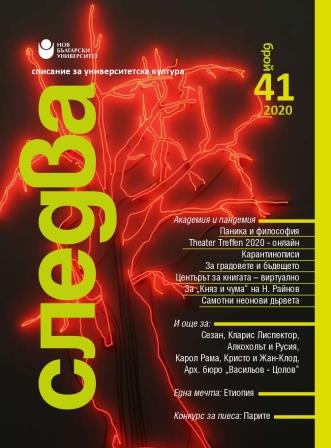
A triptych comprised of micro-essays from the first days of the quarantine announced in Bulgaria on March 13, 2020, due to the COVID-19 pandemic. The focus is on the acute experience, that is, on the imagery of the world in our mind, on the perceptio
More...
Will the COVID-19 pandemic change the future of the cities in any way? This paper tries toanswer some of the questions related to the overcrowding of the cities, the relationshipbetween living conditions, air pollution, risks of future pandemics, etc., and the role ofarchitects and urban planners. “And today is only yesterday’s tomorrow…”, sing UriahHeep, so it’s up to us what kind of World we will leave to our children and grandchildren…
More...
The text presents the digital activities of the New Bulgarian University (NBU) Center for the Book during the time of pandemic, declared state of emergency and the closure of the university. The publication covers the work of the Publishing House, the Library, the University Archives and the Readers’ Club. In the period of isolation, the NBU Publishing House published new books in various fields and presented them via Facebook due to the impossibility to hold live meetings in the bookstore of the Center. During this period, the NBU Library (which is a combination of traditional and electronic resources and services) supported online learning through remote services. The University Archive presented virtually the personal archives of Prof. Milcho Leviev and Prof. Miroslav Yanakiev. The NBU Readers’ Club maintained its interest in reading by publishing video reviews of books selected before the pandemic, as Arthur Haley’s Airport, Svetlana Aleksievich’s Chernobyl Prayer, and Olga Tokarchuk’s Flights.
More...
Sense and Nonsense (Sens et non-sens) is the first major collection published by MauriceMerleau-Ponty at Editions Nagel in 1948. The triple division of topics dedicated to art,philosophy, and politics will be kept up to his last posthumously published book, Visibleand Invisible (1964). Similarly, his specific theory of art is fostered through the years byhis interest in Cézanne’s life and work. Cézanne’s Doubt is a key text for any philosophydue to the challenging questions it poses ranging from psychoanalysis and depthpsychology to ontology of art, awareness of meaning, predetermination, and freedomborne by the contact of one’s interior and exterior world. With the Doubt we continue toask ourselves: What is that all-encompassing which is expressed by the small word ‘see’?How to grasp the positive sense of creativity? What is that ‘more enigmatic intertwined inthe very roots of being’? (The text appears for the first time in Bulgarian translated fromthe French by prof. Lidia Denkova.)
More...
in "Prince and Plague – a Relatively Late Avant-garde Project of 1931" Nikolay Rainov is one of the greatest experimenters of Bulgarian literature not justin terms of style but in terms of genre as well. His late modernist project Prince andPlague, with ‘fearful fairy tales’ and illustrations, is among the most daring ones ofthe fading Bulgarian avant-garde. Published in two carefully designed books witha thematic series of drawings and pictures, these works have not yet found theiradequate interpretation. Announced as children books, they obviously seek for anaudience more radical in its thoughts and senses. Art historians have often definedthese works as ‘secessionist’ but no doubt they could be placed somewhere betweenthe extreme expressionism and the surrealism.
More...
The text offers a parallel and juxtaposing reading of the canonical evangelical texts andNikolay Rainov’s novel Between Desert and Life. It is known that in his complicatedtransformation of the New Testament, the writer implants theosophical ideas inhis narration radically changing the meaning and the message. Which is more, hisincarnation of God is, in a strange way, evil and misanthropic. The interpretation showscloseness between passages of the novel and the book N. Rainov was translating atthat time (1919) – "Thus Spoke Zarathustra".
More...
The 13 stories of the collection The Foreign Legion (A legião estrangeira, 1964), thefirst appearance of Clarice Lispector in Bulgarian, are a piece of hypnotic writing thatis difficult to compare with any other writer’s language of that time. On the one hand,this prose has a memory of the European modernism with the experimental spirit ofthe Left Bank of the Seine, with elements of literary cubism and delicate traces ofJudaic mysticism… On the other hand, the European refinement and suffistication areliterally shaken by the local culture with its smell of jungle and its colorfully hystericalLatin American Catholicism
More...
The author’s exhibition In Front of Me is a visual symbiosis of two themes: two crises intertwined in the human behavior – the ecological one and the social one borne by the pandemic situation that turns into a deeper existential crisis and questioning of the human. The trees represented in large-scale paintings are not a forest but rather some singular entities, bare-stripped crowns strenuously cut into a gloomy sky.
More...
Carol Rama is one of the most provocative artists of the XX and XXI centuries. Althoughin different periods her work has been associated with some of the significant artisticmovements of the XX century, such as surrealism, art brut, arte povera, she does notjoin any of the leading trends and artistic groups. This makes her work a challenge tothe history of contemporary art.
More...
After a short survey of influences of German architecture on the formation of Bulgarianarchitectural scene after the Liberation (1878), the paper focuses on the interwarperiod known for its architectural practices, consisting of two leading architects. Theinfluence of the modernist movements from this period on the classical architectureof the state and public buildings in Bulgaria is traced through the history of Vasilyov- Tsolov Architectural Bureau, its formation and philosophy. The article presents fourexamples of their significant projects, which are the pinnacle of their careers andlargely shape the urban look of Sofia city center, having become its symbols, namely:St. Nedelya Church, Sofia University Library, the National Library, and BulgarianNational Bank.
More...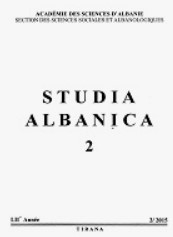
Dans la partie sud de l'Albanie, dans ce que l’on appellee communément « la Basse Albanie » les phénomènes culturels, et dans ce contexte même l’usage de la langue albanaise, ont connu un processus particulièrement difficile, surtout après le XVe siècle. Ici, le pouvoir ottoman semblait plus stabilisé et les effets des graves défaites que l'Empire ottoman commençait à subir sur le front du Danube, après le XVe siècle, étaient moins importants que dans les zones plus au nord.
More...